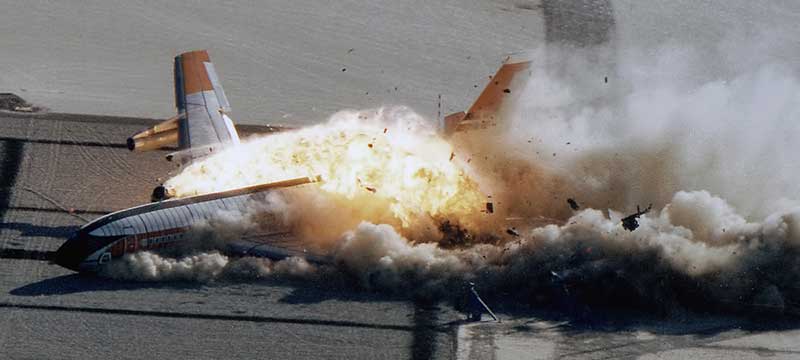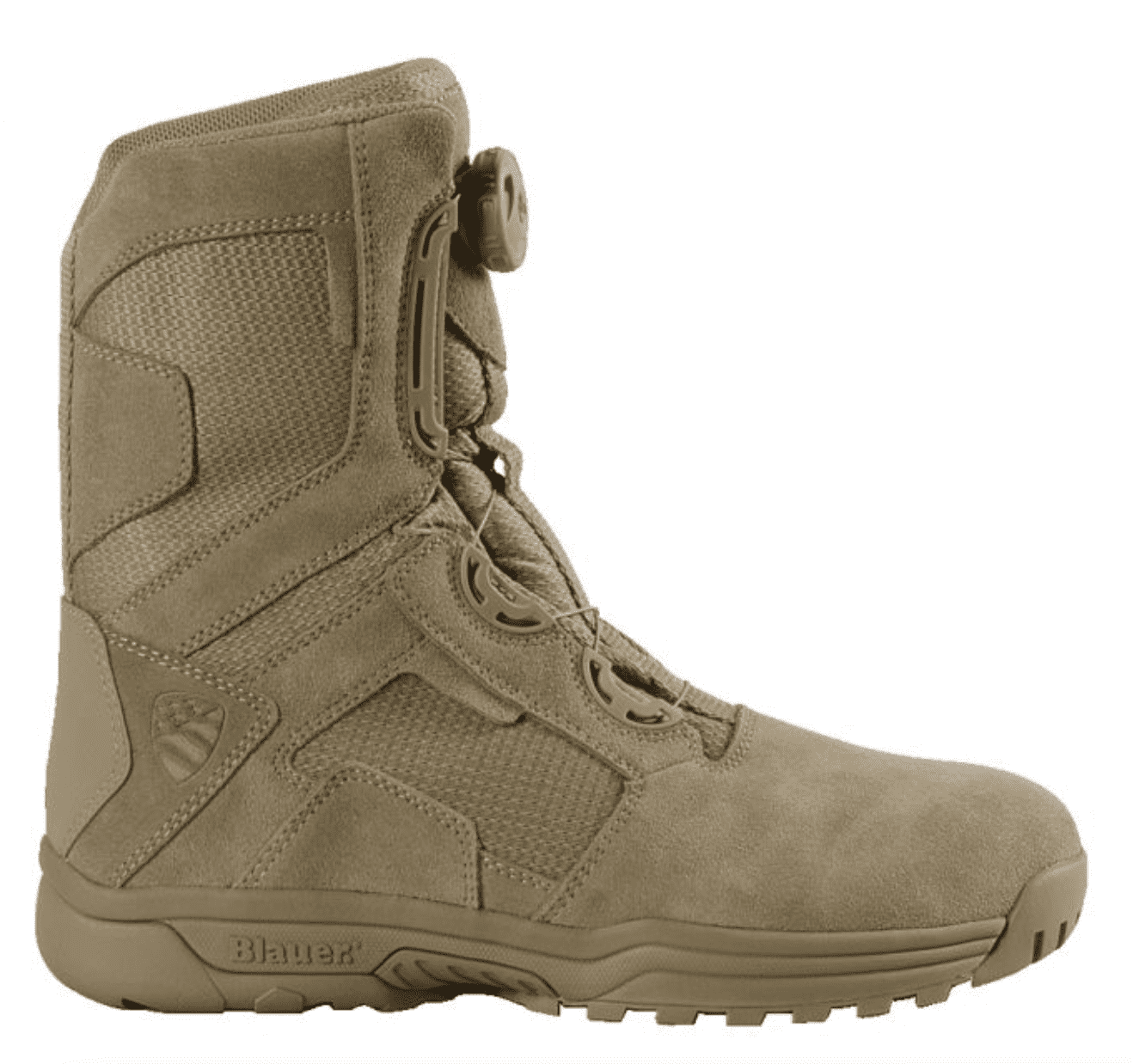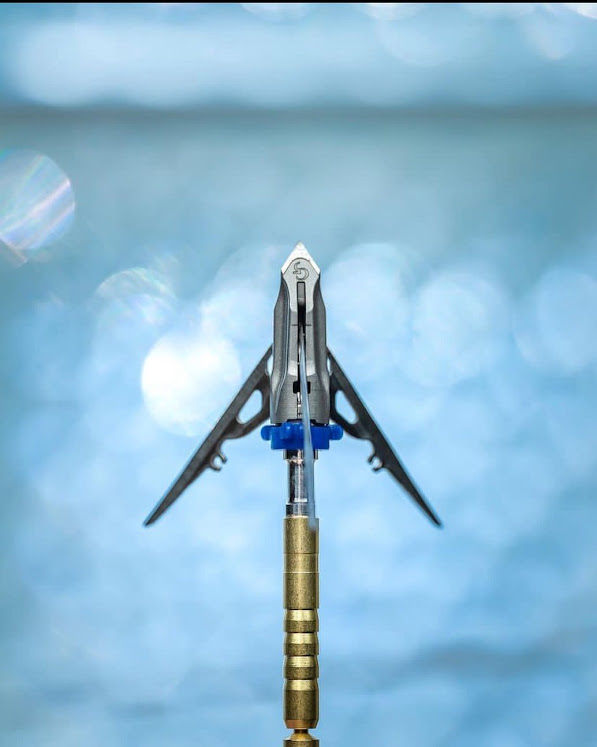I recently had to do some commercial flying. It was, as anticipated, a ghastly experience. I do so pity those born after 9/11. They will never know a world wherein flying was fun.
In the old days, you sometimes went through a metal detector and sometimes didn’t. When you did, it wasn’t like it is today. Back then you could forget a Swiss Army knife in your front left pocket and the scanner probably wouldn’t notice. Nowadays that massive machine likely either renders me sterile, vacuums up my soul or some toxic combination.
Back then your family met you at the gate. If ever you needed a pick-me-up you could just sit at the jetway and soak up the joyful reunions. Now you feel like a criminal just walking into the building. I fear that’s never going to change.
As I was recently enduring a mind-numbing layover, I entertained myself with people-watching. I mused over what I thought each of the nearby strangers did in the real world. I have a pretty vivid imagination.
What really struck me was the footwear. Tennis shoes were obviously common. However, I saw quite a few flip-flops as well. One lady was flying the friendly skies in her house slippers. That makes my skin crawl.
Commercial aviation is unimaginably safe. The last major commercial air crash in the US that resulted in multiple fatalities was in 2009. As is always the case, the dangerous part about flying is driving to the airport. However, you don’t buy flood insurance because you expect a flood. You buy flood insurance in the vanishingly rare event you might actually experience a flood. So it is with flying footwear.
Think back to the last time you flew on a commercial airliner. It was packed with humanity but still remained relatively comfortable. The temperature was decent and you probably got at least a little something to drink. I despise pretzels, but those little brown cookies are to die for. It’s not like it’s fun, but the experience is not nearly so onerous as a typical trip to the dentist or the DMV.
Now visualize that same space. This time imagine it is upside down, chaotic and terrifying. It is characterized by jagged metal, flickering lights and perhaps even a little fire. Carry-on bags are strewn about liberally among some other gooier stuff that you’d best not dwell on unduly.
You’ve just been thrown about like a hamster in a clothes dryer and likely aren’t thinking clearly. You’re wishing you had paid closer attention to the location of the emergency exits rather than daydreaming about Aruba or making one last sweep through Instagram. You’ve got to act now or you’re going to die horribly. This is why I never fly without proper footwear.
Sneakers are certainly not bad, but I prefer some proper boots. In the past that would have come at the cost of comfort. Nowadays, however, you need not sacrifice comfort for utility.
I’ve fully burned through a dozen pairs of combat boots. Jump boots look cool, but you can die of old age before you get those things donned and your trousers bloused. Jungle boots, once broken in, are as familiar as an old friend. The apex predator, however, comes from a company called Blauer.
Blauer combat boots are incredibly lightweight and comfortable. They really don’t weigh any more than a pair of running shoes. They also sport the most inspired method of securing them to your feet.
They call it the BOA System. This consists of a thin cable on each boot that takes the place of laces. This cable threads into the coolest little ratcheting wheel. To take these boots off you just pull the wheel and tug the tongue. To cinch them down you simply slip them on, snap the wheel down and give it a few turns. Taking these boots on and off in security is hugely faster than the same chore with a pair of cross-trainers.
Statistically, you’re honestly never liable to need such footwear while flying. Barring anything epically unexpected, you’ll live out your days and never end a commercial flight with anything more severe than a mild tension headache. However, if you do find yourself in that flickering cabin all dazed and confused then having a nice pair of boots handy can help protect your sensitive feet long enough to get out of the disabled aircraft or help others to safety. It’s really not altogether unlike flood insurance.





